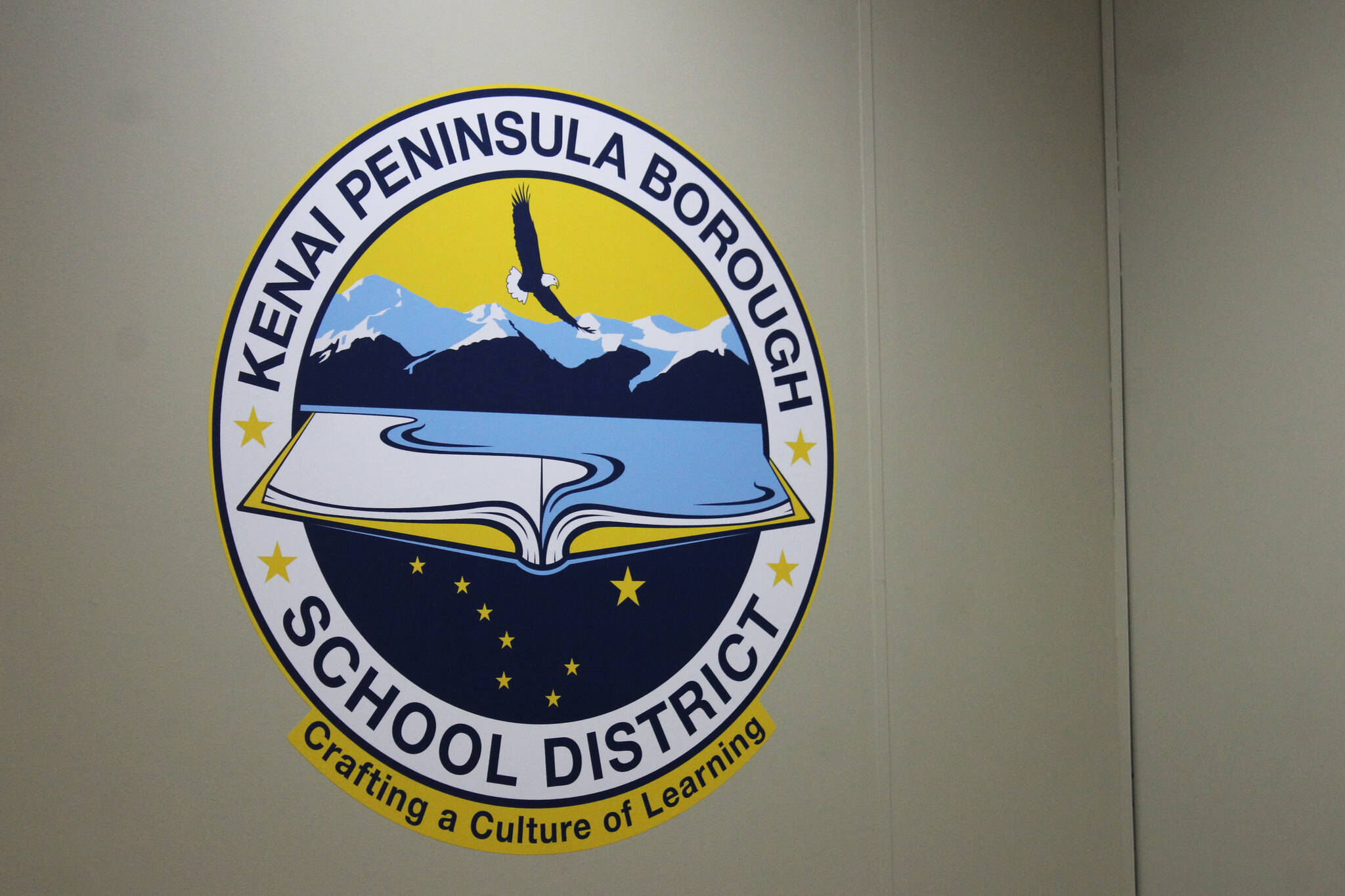More students per teacher and the closure of school pools and theaters are among the cuts being considered by the Kenai Peninsula Borough School District’s finance committee as a way to balance the district’s budget for the upcoming fiscal year.
The group convened at the district office in Soldotna for what KPBSD Finance Director Elizabeth Hayes called last week a “deep dive” into where cuts could be made. Hayes in January told board members that the district is facing a $13.1 million budget deficit for fiscal year 2024, which begins on July 1, 2023, and ends on June 30, 2024.
Using about $6.4 million in leftover federal COVID-19 relief funds and assuming the Kenai Peninsula Borough funds the district to the maximum amount, the school district still needs to account for about $4.4 million in order to balance the district’s budget. The district can also draw from about $2.4 million in savings.
That was the starting point Tuesday for members of the board finance committee.
A document prepared by Hayes outlined dozens of district expenditures that could be cut as a way to help make up the deficit, from elementary school counselors to extracurricular travel funds. The document, Finance Committee Chair Zen Kelly said Tuesday, was rolled over from 2019, when the district had to consider similar budget cuts after state funding dropped significantly.
The group was also clear that the district has its eyes on efforts in the Alaska Legislature to increase the amount of money districts receive per student. That amount, called the base student allocation, hasn’t changed since fiscal year 2017, but will be changing in the upcoming fiscal year.
Lawmakers approved last year a $30 bump to the per-student amount, which takes effect for the upcoming fiscal year.
Two separate bills in the Legislature would further increase the allocation amount — one by $1,000 and another by $1,250. While some board members Tuesday were optimistic that state lawmakers will approve some increase to the allocation amount, many also pointed out that nothing is guaranteed.
First considered by committee members Tuesday was the pupil-teacher ratio, or the number of students there are per teacher. Small adjustments to that ratio can create big savings for the district. For example, bumping the ratio by three students at KPBSD high schools would save the district about $1 million by eliminating 7.5 full-time staff positions.
Though eliminating some positions would add up quickly for the district in terms of cost savings, multiple board members said Tuesday that the student-teacher ratio should not be the only expenditure the board considers cutting.
“I wanted to start with some of the bigger numbers, but I do have an issue with just targeting PTR and our savings accounts,” Kelly said. “It gets us there quickest, but I think the ramifications of doing something like this are pretty dire.”
Board member Virginia Morgan agreed, saying that it is easier for the district to bring back funding for specific programs than it is to try and rehire staff over the summer. Increasing the student-teacher ratio, she said, is not cost-effective in the long run.
“I know cutting sports and other things are certainly not popular, but I think that we need to look at what is going to be least disruptive,” Morgan said Tuesday. “If we end up getting funds later on, then we can add them back. It’s much easier to add back travel funds and other things … but it is not easy to add back teachers and support staff.”
Board members then turned to school amenities paid for by the school district, but to which the entire community has access, such as school pools and theaters. Eliminating manager salaries and benefits at the district’s seven pools would free up about $685,000. Eliminating theater techs would free up an additional $617,000.
Board member Beverley Romanin said closure of facilities that affect more than just students and parents may make more people aware of how strapped the district is for money.
“If it hurts you, you get mad and you get fired up about it and try to fix it,” Romanin said. “The best way to fix it is to get more funding for the schools.”
If the district increased the student-teacher ratio at high schools by three students and closed school pools and theaters, it would save about $2.3 million. If the district uses half of its savings instead of one-third, the amount of money needed to balance the budget would decrease to about $3.3 million and require less cuts from the district.
The board of education’s finance committee will convene for another meeting March 6. The committee will ultimately make recommendations to the full board of education about what should or should not be cut from the district’s budget. The district must present a balanced budget to the Kenai Peninsula Borough for approval later this year.
Tuesday’s finance committee meeting will be available to stream on the district’s Board Docs page at go.boarddocs.com/ak/kpbsd/Board.nsf/Public.
Reach reporter Ashlyn O’Hara at ashlyn.ohara@peninsulaclarion.com.


